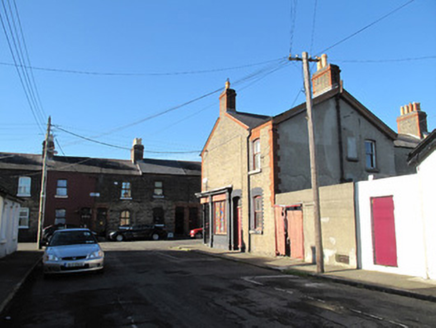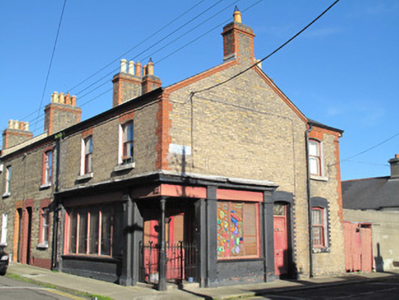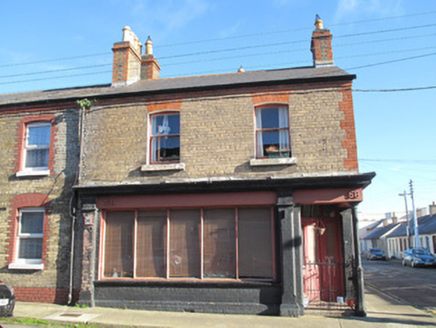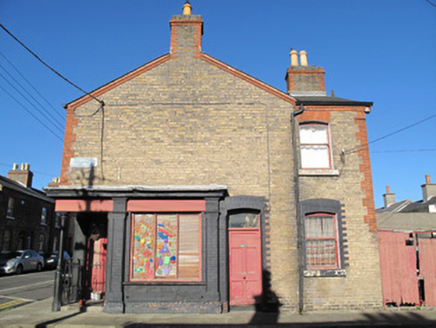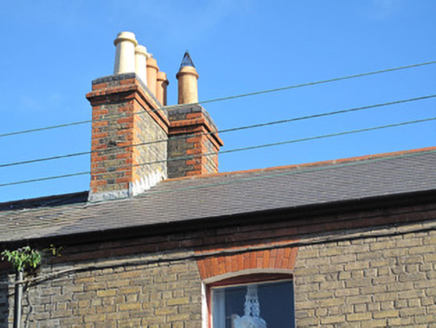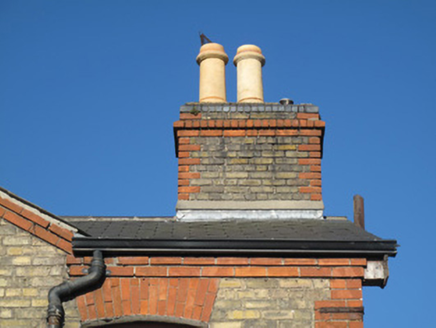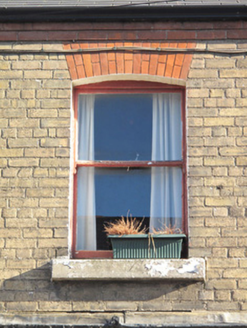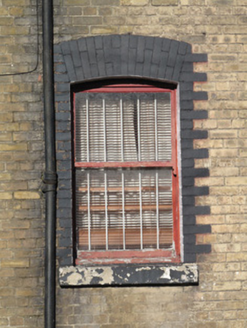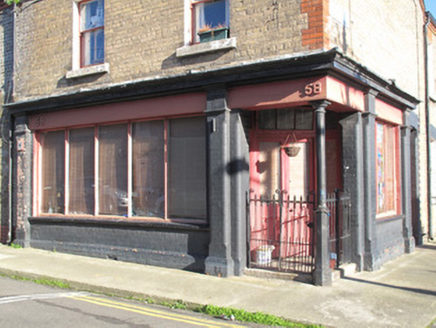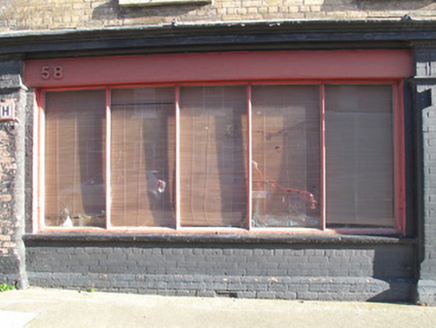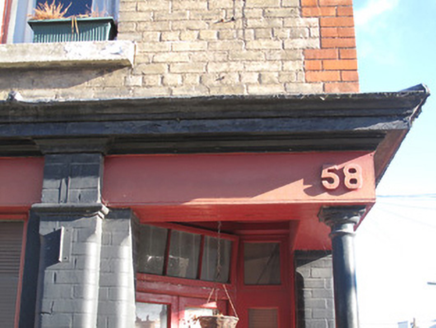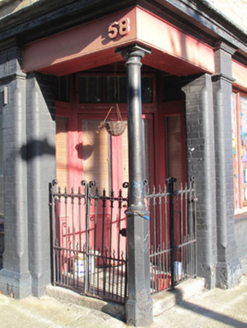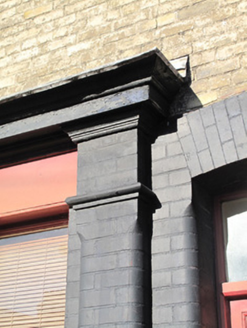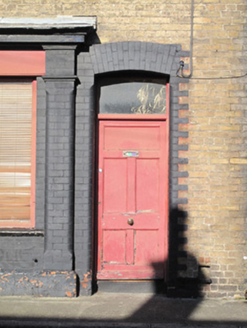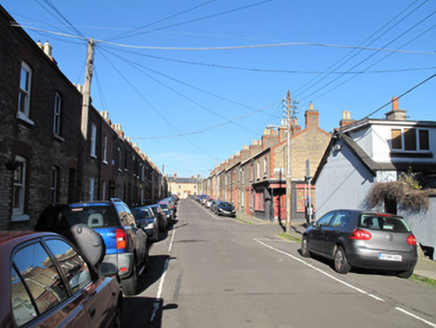Survey Data
Reg No
50070093
Rating
Regional
Categories of Special Interest
Architectural, Artistic, Historical, Social
Original Use
House
Date
1895 - 1905
Coordinates
314291, 234740
Date Recorded
09/11/2012
Date Updated
--/--/--
Description
Corner-sited end-of-terrace two-bay two-storey house, built c.1900, having shopfront to front (west) and south elevations, gabled return to rear (east) elevation. Pitched artificial slate roof, yellow brick chimneystacks with clay chimneypots and red brick detailing, terracotta ridge tiles, red brick eaves course and some cast-iron rainwater goods. Timber bargeboards to rear. Yellow brick, laid in English garden wall bond, to front and south elevation, having red brick block-and-start quoins, rendered wall to rear return. Segmental-arched window openings with red brick voussoirs, painted reveals, painted masonry sills and one-over-one pane timber sash windows. Painted brick surrounds to ground floor window to south elevation. Shopfront comprising painted brick pilasters having chamfered and rounded corners supporting timber fascia and timber cornice over, square-headed window openings with timber-framed windows aluminium sill and painted brick riser, brick plinth course. Cast-iron column supporting south-west corner of fascia, angled doorway to interior of corner: square-headed opening having double-leaf half-glazed timber panelled door, glazed sidelights and overlights, tiled granite platform, double-leaf cast-iron gate to each elevation. Segmental-arched door opening to south elevation with painted brick voussoirs and surround, timber panelled door and overlight. Cast-iron bootscrape set within opening to wall beside door.
Appraisal
The housing scheme in which this building is located was constructed between 1895 and 1908 by the Dublin Artisans’ Dwellings Company, which was established in 1876 to help to deal with the housing crisis in the city by providing housing for the tradesmen and skilled workers of the city. Though modest in scale and form, these buildings display a regularity of design and proportion, seen in the even fenestration arrangement and shared roofline. The company architect, Charles Herbert Ashworth, was a strong proponent of good quality brick, insisting on the use of better quality Athy and Portmarnock brick for these buildings. Polychrome brick is employed to good effect to subtly enliven the buildings. This is one of two original shops in the area, the brick shopfront adding aesthetic and contextual interest to the building. The presence of purpose-built commercial units in these estates is indicative of the consideration of practical and social facilities for residents, and this retail unit would thus have been an important focal point in the area.
